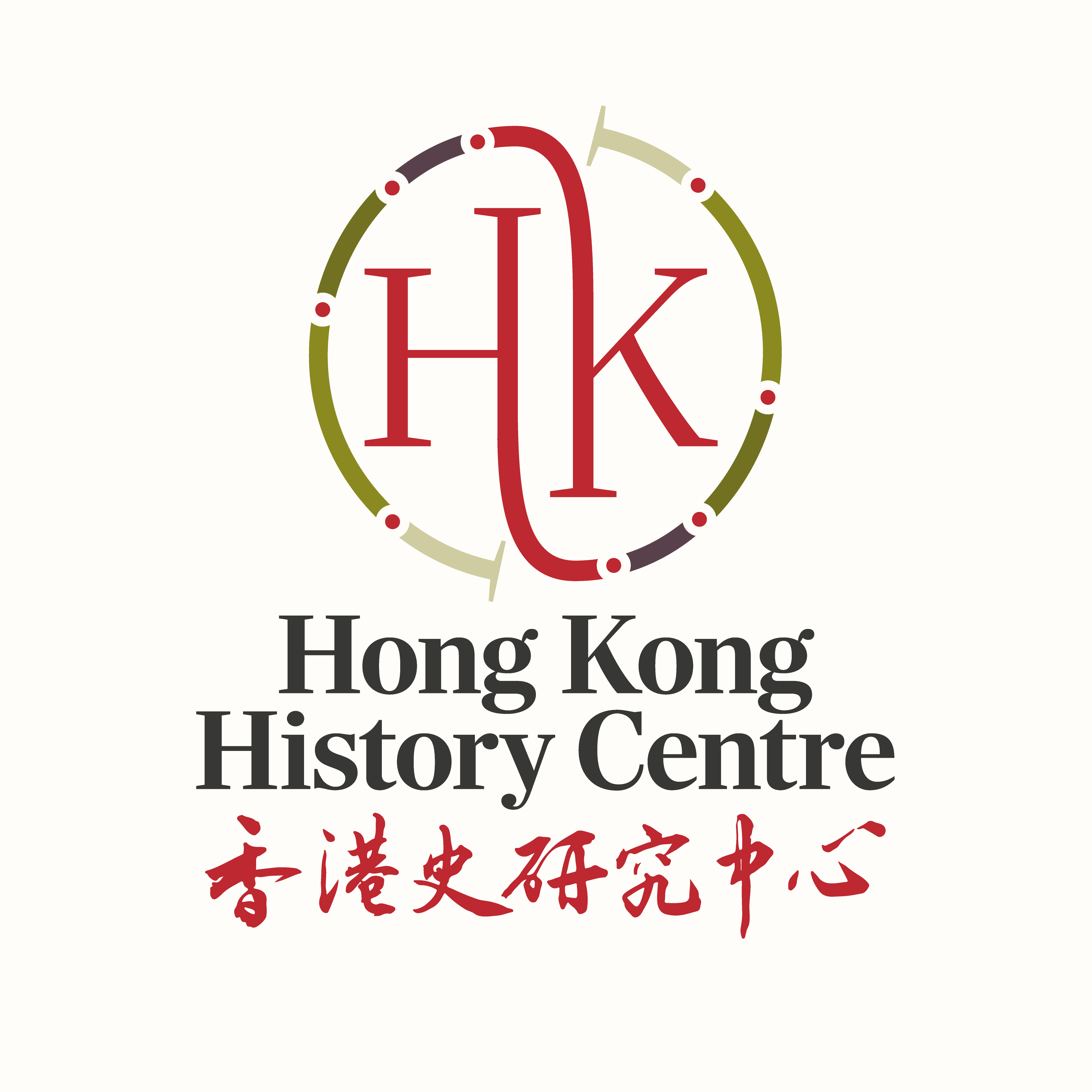
There are a fair few files relating to the history of Hong Kong among the large collection of Foreign and Colonial Office archival material still retained by the department, largely held at Hanslope Park. This ‘secret archive’ was finally acknowledged …
01/03/16
Publishing about Eurasians has picked up in the twenty-first century after the dismal twentieth. Aside from books such as Eurasian by Emma Teng, which includes some aspects on Hong Kong, David Pomfret of Hong Kong University published his research comparing …
25/01/16
Dissertation Reviews has posted a review of Kaori Abe’s fascinating doctoral dissertation, The City of Intermediaries: Compradors in Hong Kong from the 1830s to the 1880s. Take a look at:
http://dissertationreviews.org/archives/12498.
Kaori is currently Postdoctoral Fellow in …
27/11/15There are a fair few files relating to the history of Hong Kong among the large collection of Foreign and Colonial Office archival material still retained by the department, largely held at Hanslope Park. This ‘secret archive’ was finally acknowledged …
01/03/16Publishing about Eurasians has picked up in the twenty-first century after the dismal twentieth. Aside from books such as Eurasian by Emma Teng, which includes some aspects on Hong Kong, David Pomfret of Hong Kong University published his research comparing …
25/01/16Dissertation Reviews has posted a review of Kaori Abe’s fascinating doctoral dissertation, The City of Intermediaries: Compradors in Hong Kong from the 1830s to the 1880s. Take a look at:
http://dissertationreviews.org/archives/12498.
Kaori is currently Postdoctoral Fellow in …
27/11/15